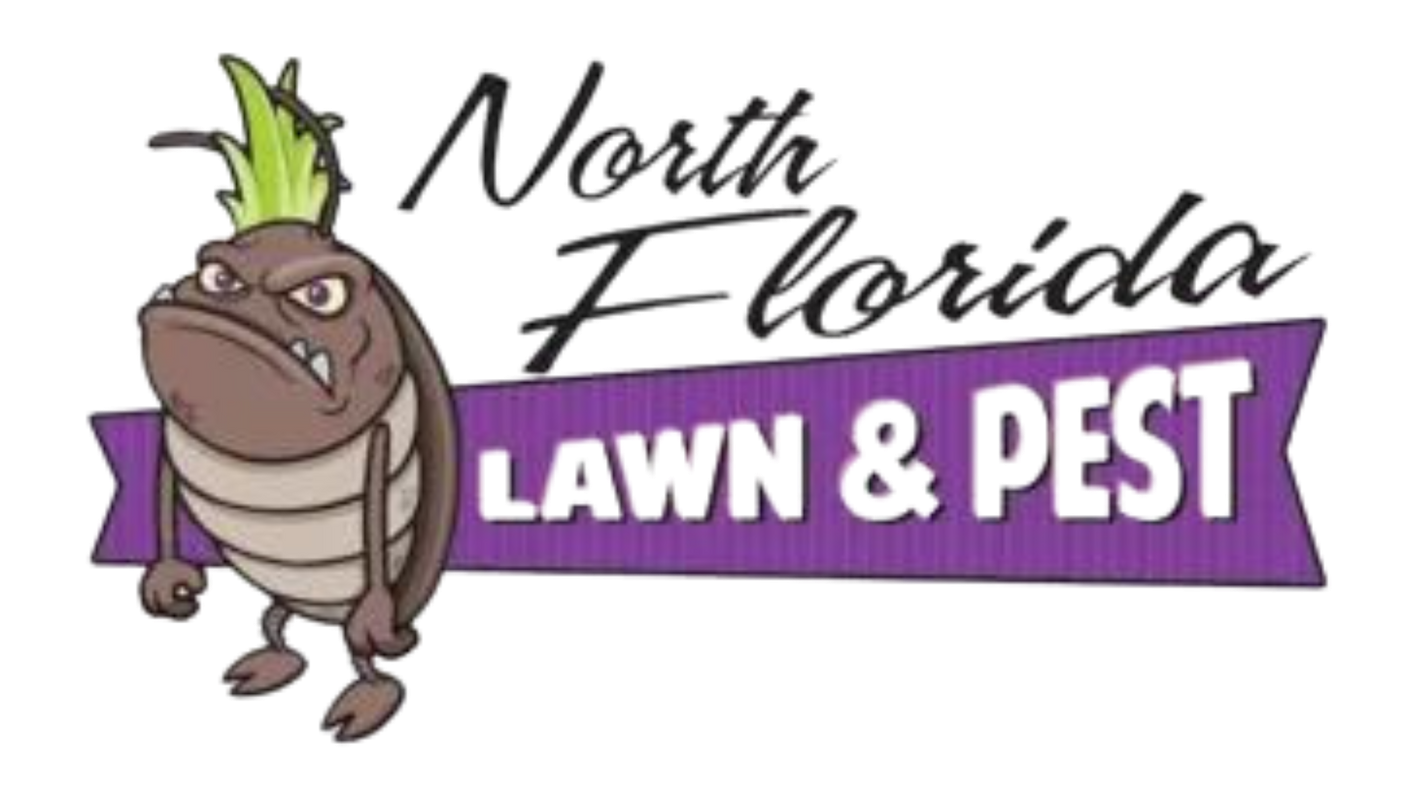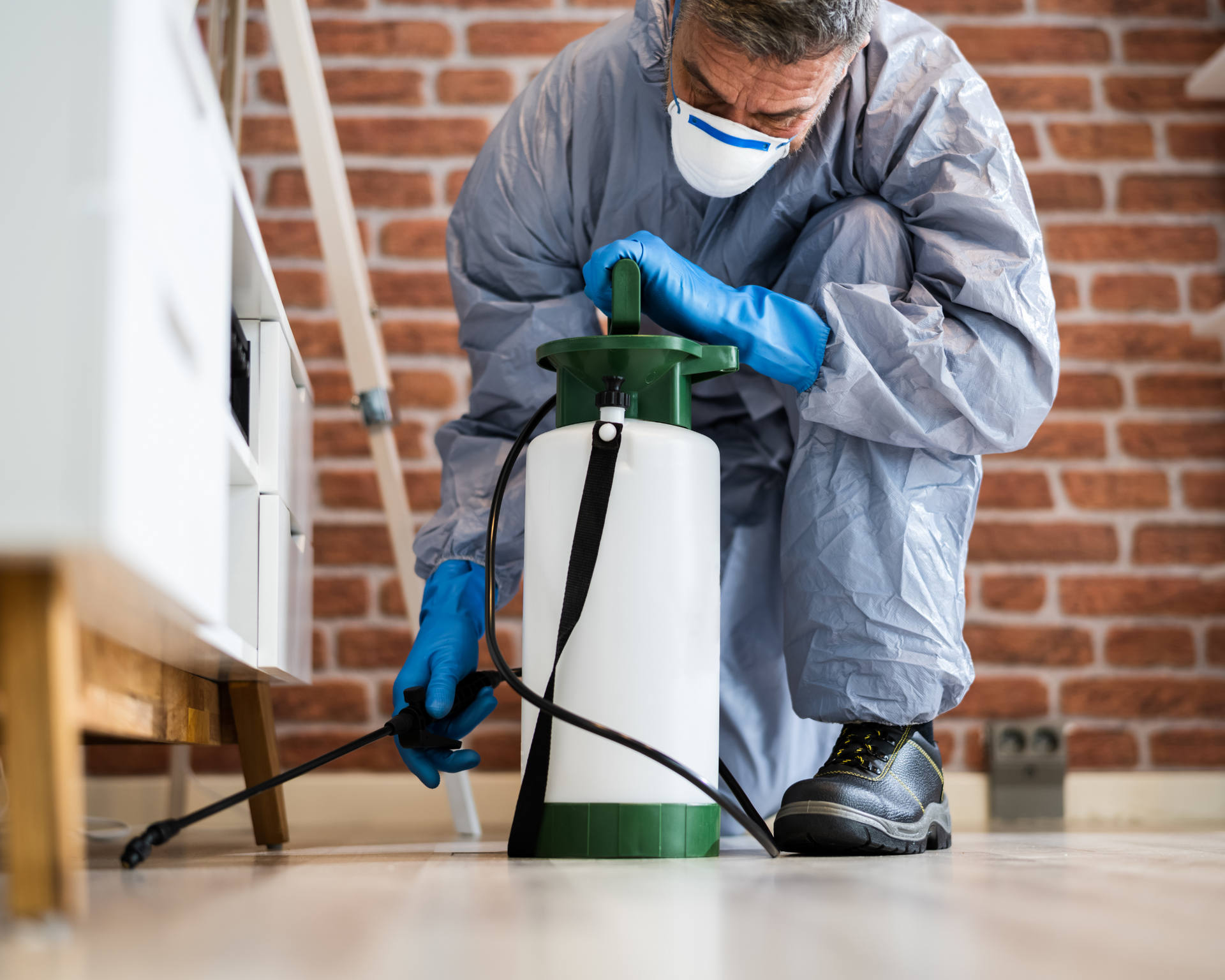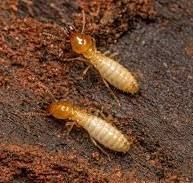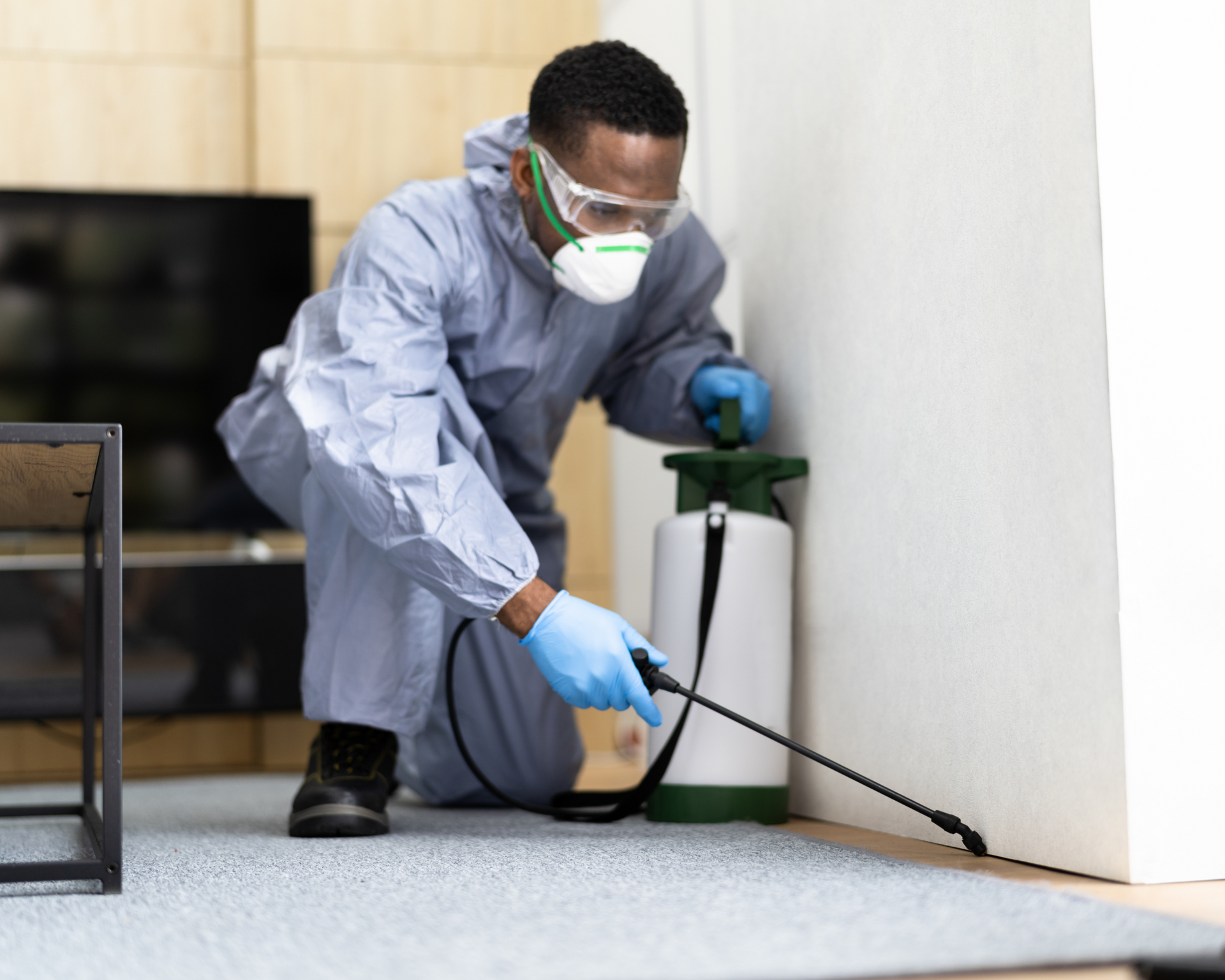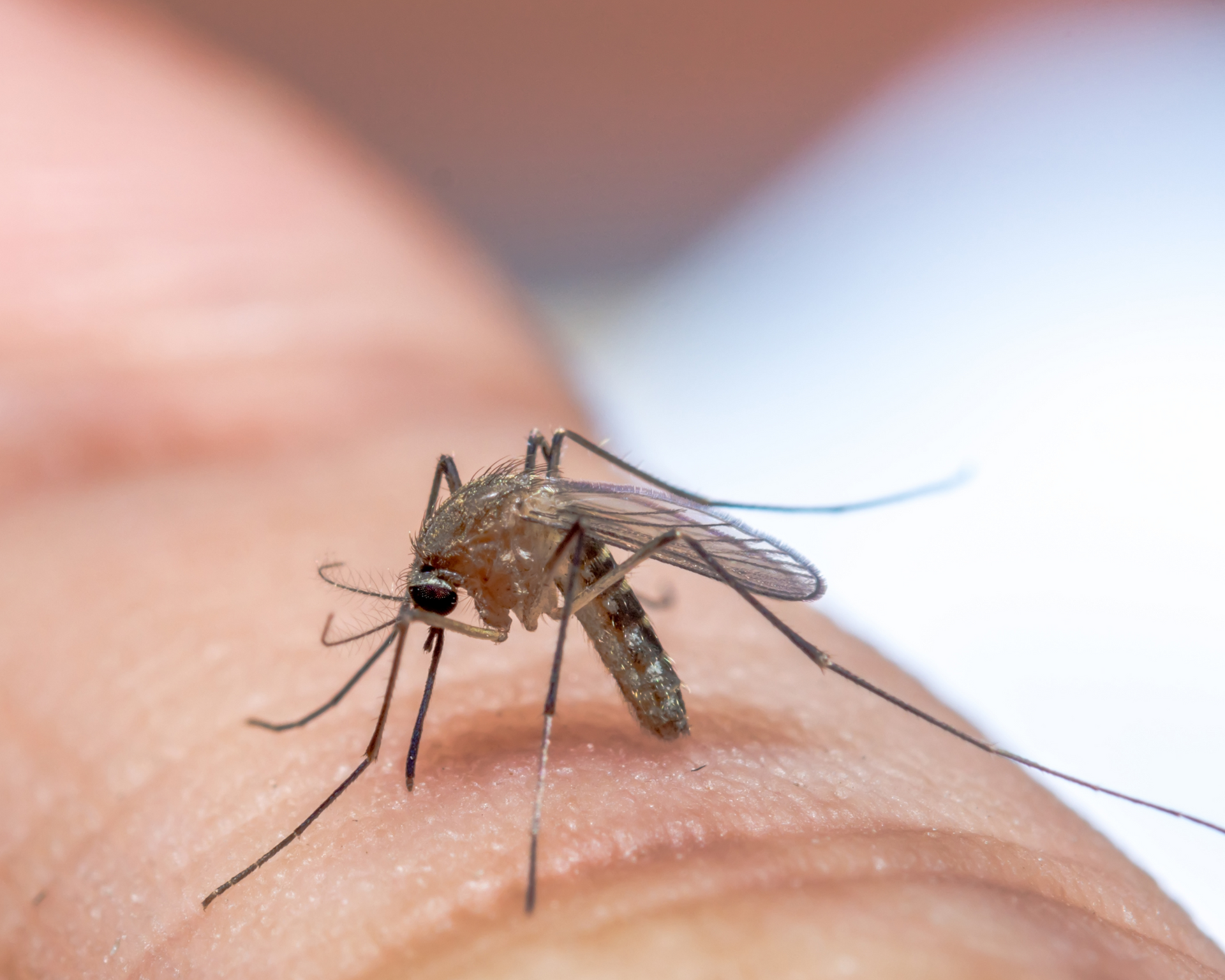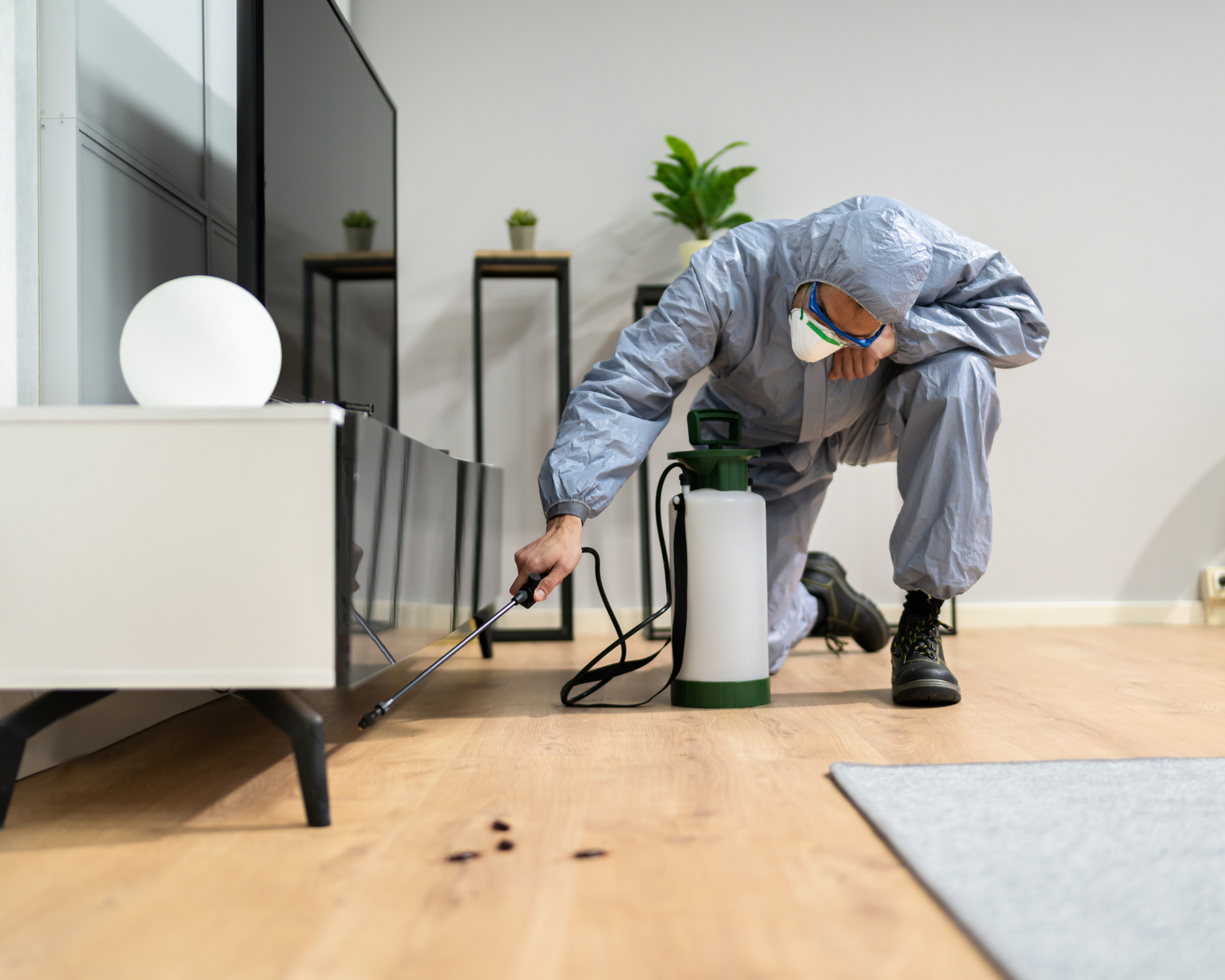What Are the Most Common Pests Found in Basements and Attics?
6 Most Common Pests Found in Basements and Attics
Basements and attics can feel dark and quiet. But many types of pests like to hide in these places because they are warm and safe. If you own a home, you may have found signs of unwanted guests in these areas. Learning which pests are common and how to stop them can keep your house clean and free of trouble. When infestations become severe, professional pest control services can help eliminate pests effectively. Keep reading to get an in-depth insight into the most common pests found in basements and attics.
Why Basements and Attics Attract Pests
Basements and attics provide the ideal environment for pests. These areas are often undisturbed, making them perfect hiding spots. They can also be damp, dark, and filled with stored items, which create nesting opportunities for various creatures. Cracks, gaps, and vents serve as entry points, allowing pests to slip inside undetected. By understanding why pests are drawn to these spaces, homeowners can take proactive steps to keep infestations under control.
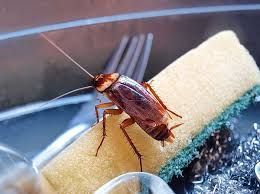
1. Cockroaches
Cockroaches are one of the most unwelcome visitors found in basements and attics. They are known to carry germs and can cause allergic reactions in some people. They like basements and attics because these areas can be damp or warm, and there may be food sources nearby—such as crumbs, paper, or even glue from cardboard boxes.
Cockroaches often hide during the day and come out at night. You might see them scatter when you turn on the lights. Prevent cockroaches by keeping the area clean and dry. Fix any leaks or water problems to keep moisture levels low. Store cardboard boxes on shelves or in plastic bins. If you notice cockroaches, you can use traps or special baits. For heavy infestations, a pest control service may be needed.
2. Spiders
Spiders often spin webs in corners and crevices where they wait for insects to fly or crawl by. Basements and attics are perfect hunting grounds because they tend to have other bugs. Most spiders are not harmful, but some can bite if threatened. They also like to hide where it’s dark and quiet, so you might not see them right away.
To discourage spiders, clean your basement or attic often. Sweep away webs and vacuum. Keep clutter to a minimum so spiders have fewer places to hide. Make sure windows and doors have tight screens to keep insects from entering in the first place, which can help reduce spider populations.
3. Mice and Rats
Rodents such as mice and rats are some of the most common pests found in basements and attics. They love dark, hidden corners and can squeeze through tiny openings. Mice and rats often make nests in piles of old clothes, cardboard boxes, or insulation. You might hear them scurrying around at night. They can also leave droppings, which look like little black pellets.
These furry intruders can carry germs that make people sick. They can also chew on wires and wood, causing damage to your home. To keep them away, seal all cracks and holes. Store food in sealed containers. Keep cardboard boxes off the floor and place items in plastic bins. If you suspect mice or rats, set traps or call a professional.
4. Silverfish
Silverfish are small, silver insects that move in a wiggly motion. They prefer dark and damp spaces. Basements and attics with high humidity can be perfect homes for silverfish. They love starchy materials, which means they might eat paper, wallpaper glue, or even cotton. You might find small holes in old books or papers where silverfish have been nibbling.
To keep silverfish away, use a dehumidifier to lower moisture in your basement or attic. Proper ventilation is also important. Repair any water leaks right away. Store important documents in sealed plastic containers. If silverfish are a big problem, sticky traps or natural powders can help.
5. Termites
Termites are wood-eating insects that can cause a lot of damage to a house. They often start in damp areas where wood is rotting. In basements, they might be found in wood beams, boxes, or old furniture. Attics can also be at risk if there is moisture or leaks in the roof. Termites usually stay hidden, so you might not notice them until they have caused real harm.
Look for tiny holes in wood, piles of what looks like sawdust, or discarded wings near windows or doors. These are signs of a termite problem. If you think you have termites, call a professional right away. They can help you remove the termites and protect your home from future invasions.
6. Squirrels and Raccoons
Larger pests like squirrels and raccoons can also end up in attics. They often enter through gaps in the roof or by tearing open vents. Once inside, they may build nests and have babies. You might hear them scratching or running around in the early morning or evening. Squirrels and raccoons can chew on wires and wood, just like mice, and can also bring in fleas or ticks.
To keep bigger critters out, inspect your roof and attic regularly. Repair any holes or loose shingles. Keep tree branches trimmed so squirrels and raccoons have a harder time reaching your home’s roof. If you suspect these animals have made a nest in your attic, call a wildlife removal expert who can safely remove them.
7. Preventing Pests in Basements and Attics
The best way to keep pests out is by making your home less inviting. Here are some helpful tips:
- Seal Cracks and Holes: Use caulk or weather-stripping to close gaps around windows, doors, and plumbing.
- Improve Airflow: Use fans or vents to reduce dampness. Dry conditions help deter bugs that like moisture.
- Clean and Declutter: Remove piles of old papers, clothes, and boxes. A clean space gives pests fewer places to hide.
- Check for Leaks: Repair any water problems, such as leaky pipes or a faulty roof. Moisture draws in pests.
- Store Items Properly: Use plastic bins instead of cardboard boxes. This makes it harder for pests to find nesting spots.
- Inspect Often: Regularly look around your basement and attic for signs of pests, like droppings, chew marks, or nests.
Want To Learn More? Contact Us
Basements and attics provide the perfect environment for pests due to their dark, quiet, and often humid conditions. These spaces can become home to a variety of unwelcome intruders, including rodents, roaches, termites, and even bats. Over time, these pests can cause significant damage and create health risks for homeowners.
If you hear scratching sounds in the walls, notice droppings, or find damaged insulation and wires, pests may already be present. Termites can weaken the structure of your home by hollowing out wood, while rodents chew on wires, increasing the risk of electrical fires. Roaches often leave behind foul odors and droppings, signaling a growing infestation. In some cases, strange noises, unpleasant smells, or unexplained bites on family members or pets can also indicate a hidden pest problem.
Keeping basements and attics dry and clutter-free helps reduce pest risks. Sealing cracks and gaps, storing food in airtight containers, and avoiding cardboard boxes that attract pests can make these spaces less inviting. Proper ventilation and regular inspections can also help detect issues before they escalate. However, even with careful maintenance, pests can still find their way inside. Professional pest control services provide effective solutions to eliminate infestations and prevent future problems. Contact us today to keep your home safe and pest-free.
Our Additional Posts On Pest Control
Copyright © 2024 - St Augustine Pest Control by NFLP All Rights Reserved
